Review: Nikon FX wide-angle lenses

Finding rectilinear wide-angle lenses for full-frame Nikon SLR cameras that work well underwater is a challenge. In order to understand why, it is important to understand a little bit of dome port theory.
When a lens is placed behind a dome, and the dome is then immersed in water, the dome generates a virtual image just in front of the port itself. This virtual images is what is actually captured onto the camera’s sensor. As the dome is curved, so too are the corners of the virtual image.
This causes two primary effects:
- The lens must focus on this virtual image (rather than the actual scene), which means that it must be capable of very close focus.
- As the virtual image is not flat, but is being recorded onto the flat sensor’s surface, it can be difficult for there to be sufficient depth of field to allow for the “closer” corners and the “further away” center of the image to both be in focus.
Cameras with large sensors have a considerably less inherent depth of field (DOF) than smaller ones. Hence people will often describe an image as having soft corners, effectively saying that the lens and dome combination did not have sufficient DOF to get both the center portion and the corners in focus. DOF is controlled by aperture, and the smaller the aperture, the greater the depth of field. The center is normally in focus, as the autofocus points tends to be concentrated around the center of the sensor, so it is the corners that suffer. In addition, the camera’s viewfinder does not show a DOF preview, so it cannot be seen until the picture has been taken.
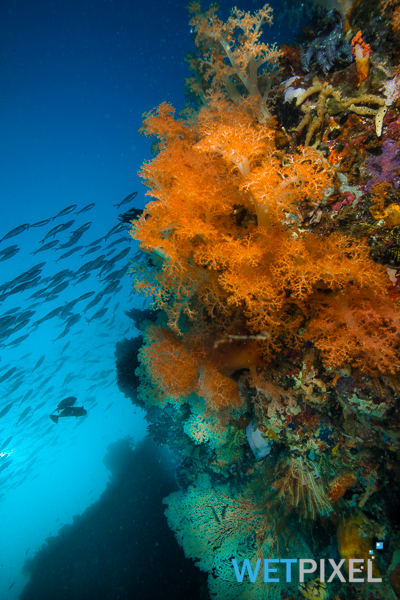
Given that this compromise exists, there are additional factors that affect corner sharpness. The first of these is the diameter of the dome and secondly, linked directly to this, is the curvature of the dome. Optical theory says that larger domes generate a virtual image that is further from the lens. Given that most domes are spherical, the amount of curvature is hence more as it approached the edges of the dome than it is in the center. Hence, larger domes tend to also produce a less curved virtual image than a smaller dome as the lens only “sees” the center and hence less curved part of the dome.
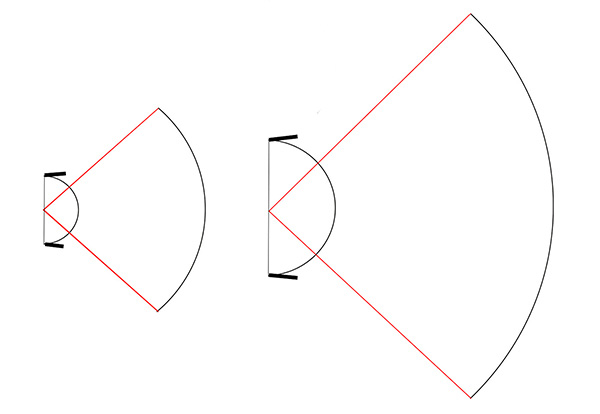
It is possible to use a “less curved” dome to try and reduce the curvature of the dome, Typically, they are actually sections of a large dome cut down. Whilst this can help reduce the curvature, it is important to remember that the diameter of the port determines the position of the virtual image. Hence, although the curve of the virtual image will be less, these domes are typically smaller in diameter so the image will be closer to the lens and it still may not be able to focus.
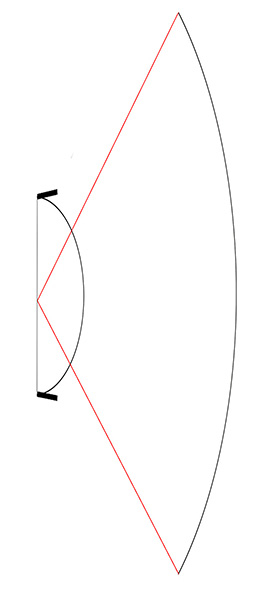
Anything that effects the distance between the lens’s optical elements and the virtual image will effect the ability of the lens to deal with the curved and close virtual image. Lens and dome selection is important, but in many cases setting them up right also makes a huge performance difference. Using the correct length of extension with a given lens is as important as dome size, shape and lens choice.
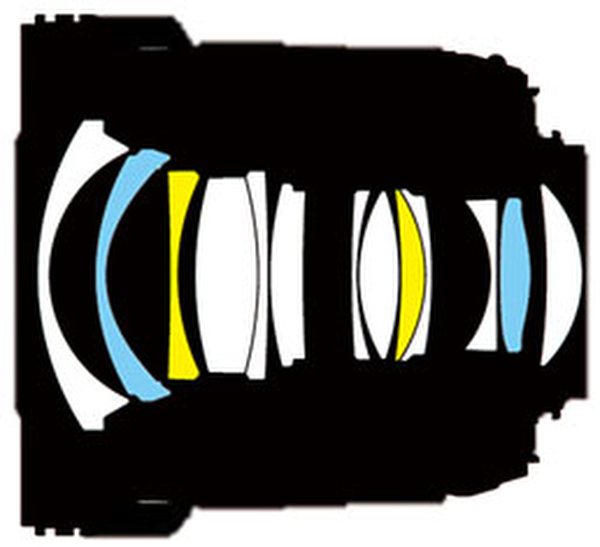
Lens designs vary. The position of the lens’s elements are fixed with a prime lens, but move in a zoom lens. This movement changes the distance between the lens’s optics and the virtual image. Hence some zoom lenses will work better than others. Actually, this is also true with prime lenses too, especially given that close focus ability is inherent (or absent) by design rather than by type or focal length. There is no in evidence in underwater imaging that suggests that prime lenses inherently perform any better than zooms or will necessarily allow the use of smaller dome ports. It is all down to the individual lens’s design.
Traditionally, better/more expensive lenses tend to have larger apertures. This is due to them normally having larger lens elements. For underwater use behind a dome, this is somewhat of a “red herring” as large apertures also have a very shallow DOF and corner sharpness will be adversely affected. Underwater photographer should try and avoid the trap of assuming that an f1.8 lens will definitely outperform an f4 one.
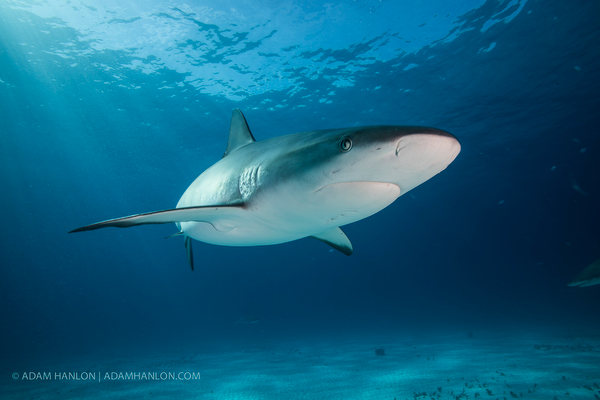
Lastly some types of subject, while benefitting from the rectilinear look, do not need sharp corners! A good example are bigger creatures in the blue (or green) where there is no detail in the corners that draws the viewers eyes away to notice any softness.
The tests.
In an ideal world, the testing would all have taken place at the same time and under the same conditions. However, lens availability and time constraints has meant that this is not the case! The tests simply involved shooting a series of shots at various apertures with each lens. The lenses tested thus far are:
- Nikon AF-S NIKKOR 14-24mm f/2.8G ED.
- Nikon AF-S NIKKOR 16-35mm f/4G ED VR.
- Sigma 20mm f/1.8 EX DG.
- Nikon AF-S NIKKOR 20mm f/1.8G ED.
- Tokina 17mm f/3.5 AT-X.
- Nikon AF-S NIKKOR 17-35mm f/2.8 AF-S Zoom.
For all the lenses bar the Tokina, they were shot with a Nikon D810 and a ZEN 230mm dome. The Tokina was shot using the same camera, but with a Zen 170mm dome. Port extension lengths are discussed along with each lens.
The lenses were all calibrated on the camera using Reikan FoCal software.
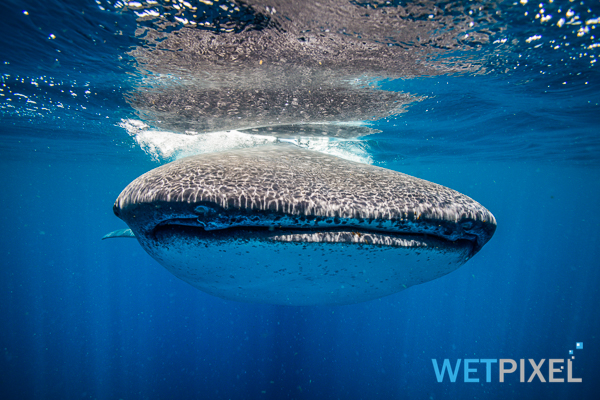
As the opportunity arises, I plan to shoot tests with other lenses and will add to the portfolio of tests.
Each lens’s page has a sample of images at various apertures and crops showing the corner performance. In actual fact, most of the lenses were shot at all apertures, and the full set of images at high res are available to download. The links to do this are on each lens’s page. The password for all the high res downloads is “wide-angle15”.
I have deliberately refrained from providing too much in the way of conclusion. I hope that the images will spark discussion.